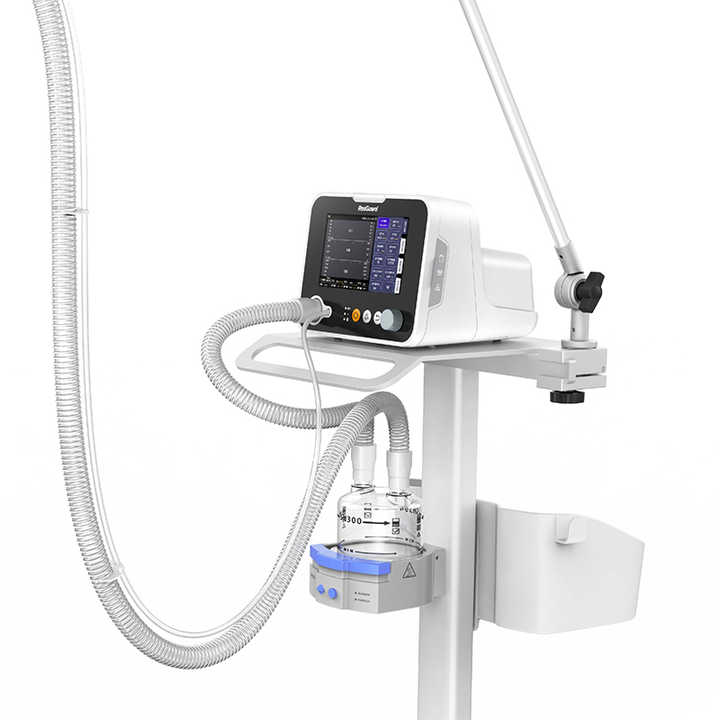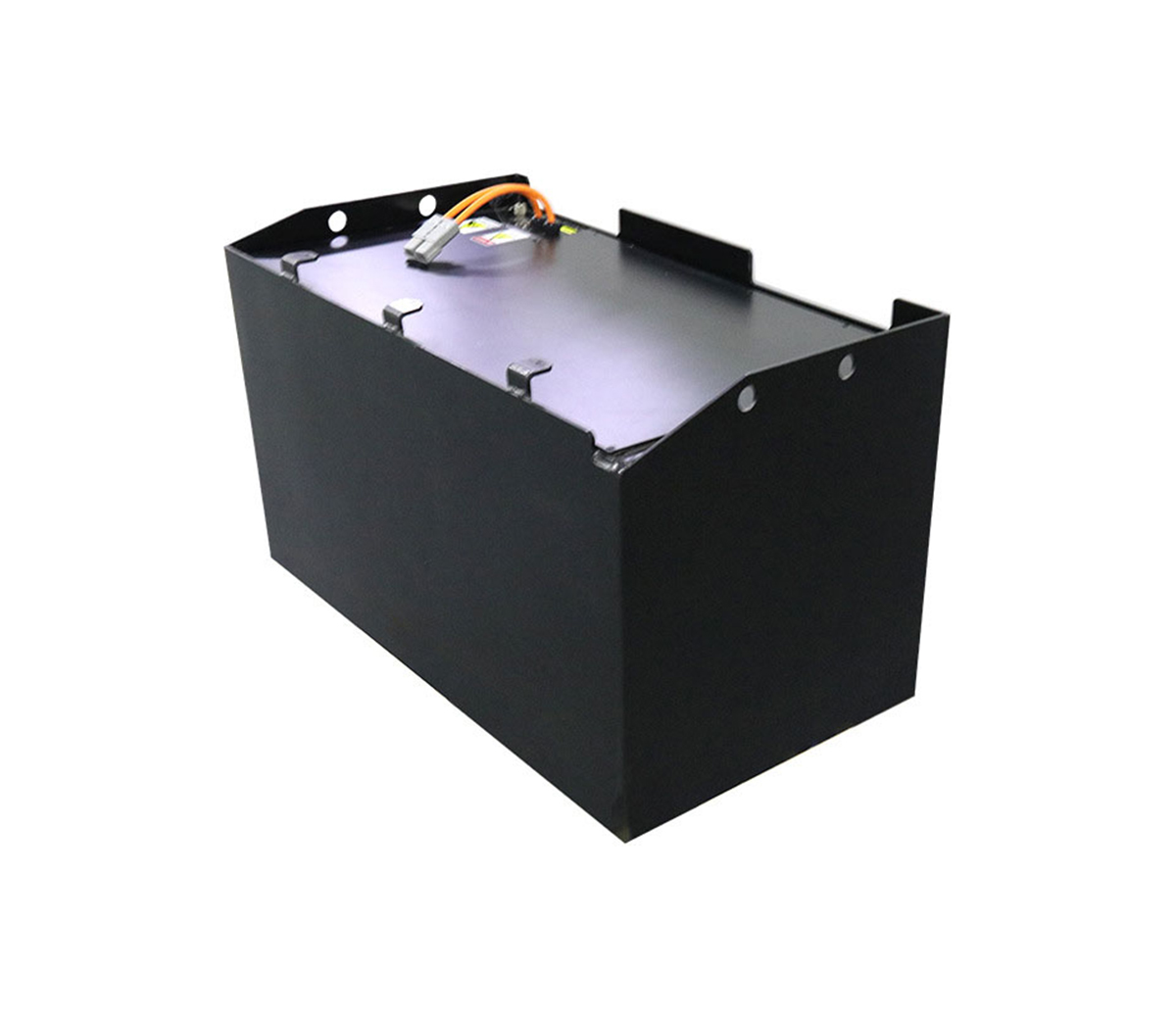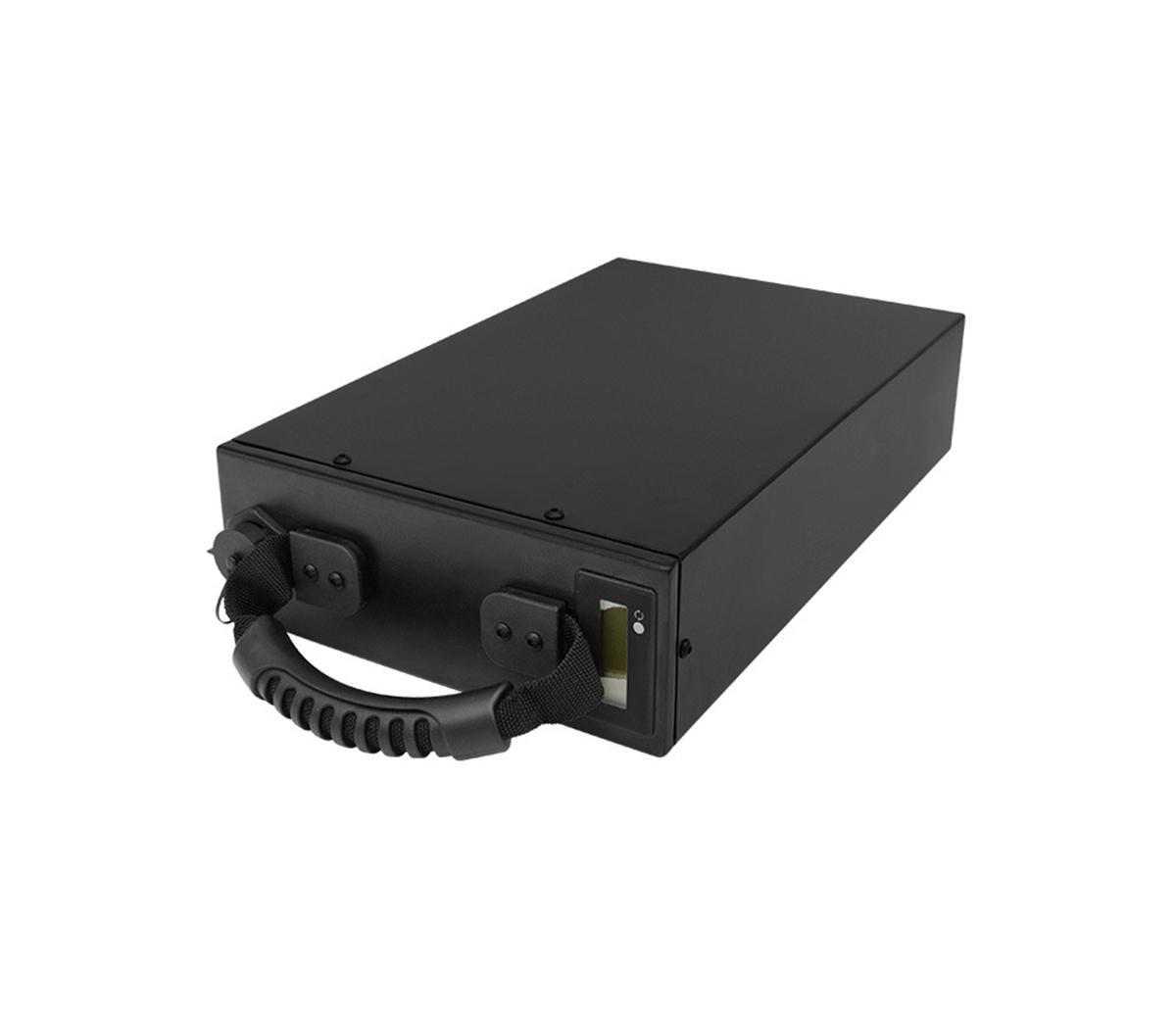What are the energy storage technologies in the smart grid?
Energy storage technology has a wide range of applications in many fields,
including power systems. In recent years, the reorganization of the power
industry worldwide has brought new development opportunities to a variety of
energy storage technologies. The use of these technologies can be more
effective. This effect is particularly obvious in realizing the energy
management of the power system, especially in the field of renewable energy and
distributed power generation. In traditional power generation and transmission
and distribution networks, these new technologies can also be applied. The
following briefly introduces the basic principles and development status of
various energy storage technologies.
1Pumped water storage Pumped storage power station must be equipped with
two reservoirs upstream and downstream. During the low load period, the pumped
energy storage equipment works in the state of the motor, pumping the water from
the downstream reservoir to the upstream reservoir for storage. At peak load
times, the pumped water energy storage equipment works as a generator and uses
the water stored in the upstream reservoir to generate electricity. Some
high-dam hydropower stations have water storage capacity and can be used as
pumped storage power stations for power dispatch. It is also technically
feasible to use mines or other caves to achieve underground pumped energy
storage. The ocean can sometimes be used as a downstream reservoir. In 1999,
Japan built the first pumped-storage power station using seawater. Pumped
water storage was first applied in Italy and Switzerland in the 1890s. In 1933,
reversible units (including pump turbines and electric motors and generators)
appeared, and now there are adjustable speed units to improve energy efficiency.
The pumped storage power station can be built with any capacity, the release
time of the stored energy can be from a few hours to a few days, and its
efficiency is between 70% and 85%.
Pumped water storage is the most widely used energy storage technology in
power systems. Its main application areas include energy management, frequency
control, and provision of system reserve capacity. At present, there are more
than 90GW of pumped energy storage units in operation worldwide, accounting for
about 3% of the world's total installed capacity. An important constraint
restricting the wider application of pumped storage power stations is the long
construction period and large project investment.
2 Advanced battery energy storage
It is estimated that the global annual market demand for storage batteries
is approximately US$15 billion. In terms of industrial storage batteries, such
as UPS, power quality adjustment, backup batteries, etc., the total market can
reach US$5 billion. In the United States, Europe, and Asia, companies that
produce high-performance storage batteries for power systems are being
established. In the past 12 to 18 months, a battery production line with a
production capacity of 300MW per year has been put into operation.
Lead-acid battery is the oldest and most mature battery technology. It is a
low-cost universal energy storage technology that can be used for power quality
adjustment and UPS. However, due to the short life of this battery, its
application in the field of energy management is limited. ZnBr battery was
successfully developed by Exxon in the early 1970s. After years of research and
development, many ZnBr battery energy storage systems with a capacity of several
kilowatt-hours have been built and tested, with a net efficiency of 75%. In the
early 1980s, the University of New South Wales in Australia took the lead in
developing VRB (Vanadium Redox Flow Battery) batteries. Currently, a 500kW/5MW?h
VRB energy storage system has been installed in Japan, with a net efficiency of
85%.
In recent years, various new types of storage batteries have been
successfully developed and applied in power systems. Regenesys Technologies in
the United Kingdom is using PSB (Polysulfide Broe Flow Battery) batteries to
build a 15MW/120MW?h energy storage power station with a net efficiency of about
75%. The NaS battery has a high energy storage efficiency (about 89%), and also
has the ability to output pulse power. The output pulse power can reach six
times the continuous rated power value within 30s. This feature allows the NaS
battery to be used at the same time It is used for the two purposes of power
quality adjustment and load peak-shaving and valley-filling adjustment, thereby
improving the economy of the overall equipment. In Japan, there are currently
more than 30 energy storage demonstration projects using NaS battery technology,
with a total energy storage capacity of more than 20MW, which can be used for 8h
daily load peak and valley adjustment.
Compared with other batteries, the main advantages of lithium-ion batteries
are high energy storage density (300~400kW?h/m3,130kW?h/t), high energy storage
efficiency (close to 100%) and long service life (every discharge It can be
recharged 3000 times when it does not exceed 80% of the energy storage). Due to
the above advantages, lithium-ion batteries have been developed rapidly.
However, although lithium batteries have accounted for 50% of the power supply
market for small mobile devices within a few years, there are still some
challenging tasks to be done to produce large-capacity lithium-ion batteries.
The main obstacle lies in its high cost. Mainly because it needs special
packaging and necessary internal overcharge protection circuit.
Among all the storage batteries, the Metal-air battery has the most compact
structure and is expected to become the lowest cost storage battery, which is a
kind of storage battery that is harmless to the environment. The main
disadvantage is that the charging of this battery is very difficult and the
efficiency is very low.
3 flywheel energy storage Most modern flywheel energy storage systems are
composed of a cylindrical rotating mass and a support mechanism composed of
magnetic suspension bearings. The purpose of using magnetic suspension bearings
is to eliminate friction loss and increase the life of the system. In order to
ensure a sufficiently high energy storage efficiency, the flywheel system should
be operated in a high vacuum environment to reduce wind resistance loss. The
flywheel is connected to a motor or a generator, and through some form of power
electronic device, the speed of the flywheel can be adjusted to realize the
power exchange between the energy storage device and the grid.
One of the outstanding advantages of flywheel energy storage is that it
requires almost no operation and maintenance, has a long equipment life (20
years or tens of thousands of deep charging and discharging energy processes)
and has no adverse effects on the environment. The flywheel has excellent cyclic
use and load tracking performance. It can be used in applications that are
between short-term energy storage applications and long-term energy storage
applications in terms of time and capacity.
In the realization of flywheel energy storage device, solid steel structure
flywheel or composite material flywheel can be used. The specific flywheel needs
to be compared with economy and technology, and the system cost, weight, size,
material performance and other indicators are compromised. Using high-density
steel materials, its edge linear velocity can reach 200-375m/s, while using
lighter weight and higher strength composite materials, its edge linear velocity
can reach 600-1000m/s. The actual output energy of the flywheel depends on its
speed range, it is impossible to output the rated power at a very low speed.
At present, high-power flywheel energy storage systems have been developed
and applied to aviation and UPS fields. Research institutions with BeaconPower
as the leading level are working on the optimized design of flywheel energy
storage so that it can be used for long-term energy storage services (up to
several hours) while reducing its commercial costs. At present, a 2kW/6kW?h
flywheel energy storage system has been used for power supply of communication
equipment. The use of a flywheel group (FlywheelFarmApproach) can realize an
energy storage device with an output power of megawatts and a duration of
several minutes or several hours.
4 Superconducting magnetic energy storage Although people discovered
superconductivity as early as 1911, it was not until the 1970s that it was first
proposed to apply superconducting magnetic energy storage as an energy storage
technology to power systems. Superconducting magnetic energy storage has quickly
attracted the attention of the power industry and the military due to its fast
electromagnetic response characteristics and high energy storage efficiency
(charge/discharge efficiency exceeding 95%). The application of SMES in the
power system includes: load balance, dynamic stability, transient stability,
voltage stability, frequency adjustment, power transmission capacity
improvement, and power quality improvement.
The SMES unit is composed of a superconducting coil placed in a low
temperature environment. The low temperature is provided by a cryogenic device
containing a liquid nitrogen or liquid helium container. The power
conversion/regulation system connects the SMES unit with the AC power system,
and can charge and discharge the energy storage coil according to the needs of
the power system. Two power conversion systems are usually used to connect
energy storage coils with AC power systems: one is a current source converter;
the other is a voltage source converter.
Compared with other energy storage technologies, SMES is still very
expensive. In addition to the cost of the superconductor itself, the cost of
maintaining low temperatures is also considerable. However, if the SMES coil is
combined with the existing flexible AC transmission device (FACTS), the cost of
the converter unit can be reduced, which generally accounts for the largest
share of the overall SMES cost. Existing research results indicate that for
transmission and distribution applications, micro (<0.1MW?h) and medium-sized
(0.1-100MW?h) SMES systems may be more economical. The use of high-temperature
superconductors can reduce the energy storage system's requirements for low
temperature and cooling conditions, thereby further reducing the cost of SMES.
At present, many SMES projects are underway or in the development stage around
the world.
5 super capacitor energy storage Capacitor is a kind of equipment widely
used in power system. Compared with conventional capacitors, supercapacitors
have a higher dielectric constant, a larger surface area, or a higher voltage
withstand capability. For example, ceramic supercapacitors have a fairly high
withstand voltage level (about 1kV) and dielectric strength, which makes them a
good candidate for future energy storage applications.
At present, super capacitors are mostly used in occasions with high peak
power and low capacity. Since it can work normally for more than ten years in a
fully charged floating state, the super capacitor can increase the power supply
level during voltage drops and transient disturbances. Supercapacitors are
simple to install, small in size, and can operate in a variety of environments
(hot, cold and humid), and can now provide commercial services for low-power
level applications.
6 compressed air energy storage
Compressed air energy storage is not a simple energy storage system like
battery energy storage. It is a gas turbine power plant for peak shaving. For
the same power output, it consumes 40% less gas than conventional gas turbines.
This is because conventional gas turbines need to consume about 2/3 of the input
fuel to compress air when generating electricity, while CAES can use the cheap
electric energy when the grid load is low to pre-compress air, and then release
the stored energy plus some gas as needed. To generate electricity. Compressed
air is often stored in suitable underground mines or caves under lava. It takes
about one and a half to two years to build such a cave through lava.
The first CAES put into commercial operation was a 290MW unit built in
Hundorf, Germany in 1978. The United States built the second commercial CAES in
McIntosh, Alabama in 1991, with a unit power of 110MW. The entire construction
took 30 months and cost US$65 million. This unit can be connected to the grid
within 14 minutes. The third commercial operation CAES, which is currently the
world's largest capacity CAES, is planned to be built in Norton, Ohio. The
entire power station has an installed capacity of 2,700MW and a total of 9
units. The compressed air is stored in an existing limestone that is 2200ft deep
underground. In the mine.


































